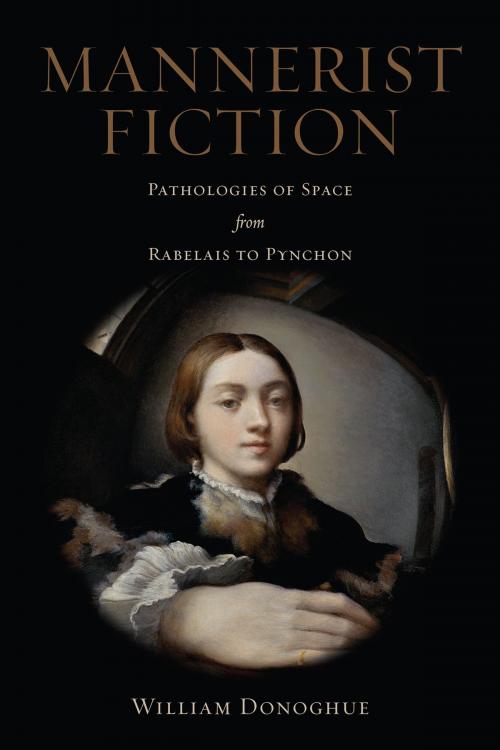Mannerist Fiction
Pathologies of Space from Rabelais to Pynchon
Fiction & Literature, Literary Theory & Criticism, European, American| Author: | William Donoghue | ISBN: | 9781442669772 |
| Publisher: | University of Toronto Press, Scholarly Publishing Division | Publication: | March 21, 2014 |
| Imprint: | Language: | English |
| Author: | William Donoghue |
| ISBN: | 9781442669772 |
| Publisher: | University of Toronto Press, Scholarly Publishing Division |
| Publication: | March 21, 2014 |
| Imprint: | |
| Language: | English |
In Mannerist Fiction, William Donoghue re-conceptualizes the history of formalism in western literature. Rather than presuming that literary experimentation with form – distorting space and time – began in the twentieth century with Modernism, Donoghue identifies the age of Copernicus as the crucible for the first experiments in spatial de-formation, which appeared in mannerist painting and literature. With wide-ranging erudition, Mannerist Fiction connects these literary and pictorial developments and traces their repetition and evolution over the next five hundred years.
Time and again, Donoghue explains, scientific and literary paradigm shifts have occurred in parallel. Rabelais and Jonson wrote in the aftermath of changes in the western sense of space wrought by Copernicus and the voyages of discovery, Jonathan Swift and the Marquis de Sade in the age of Newton, Thomas Pynchon in the age of Einstein. With his analysis, Donoghue establishes disfigurement and deformation as perennial sources of literary fascination.
In Mannerist Fiction, William Donoghue re-conceptualizes the history of formalism in western literature. Rather than presuming that literary experimentation with form – distorting space and time – began in the twentieth century with Modernism, Donoghue identifies the age of Copernicus as the crucible for the first experiments in spatial de-formation, which appeared in mannerist painting and literature. With wide-ranging erudition, Mannerist Fiction connects these literary and pictorial developments and traces their repetition and evolution over the next five hundred years.
Time and again, Donoghue explains, scientific and literary paradigm shifts have occurred in parallel. Rabelais and Jonson wrote in the aftermath of changes in the western sense of space wrought by Copernicus and the voyages of discovery, Jonathan Swift and the Marquis de Sade in the age of Newton, Thomas Pynchon in the age of Einstein. With his analysis, Donoghue establishes disfigurement and deformation as perennial sources of literary fascination.















